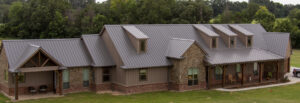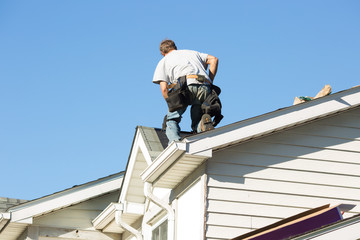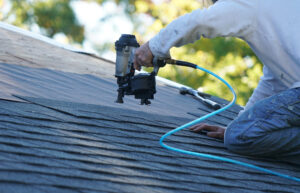Having your home or office roof repaired is a very important task, and you need to hire a roofing expert to do the job. Here are some things to look for in a roofing professional.

Getting a job as a roofing expert is a challenge. You need to have a hefty swag bag and be willing to put in the hours at the office. Luckily, plenty of resources are out there if you do your homework. You can find a roofing company in your area but do your research first to ensure you hire someone who will do the job right the first time. You may even get a free roof repair. Keeping your clients happy is the best way to stay in business.
There are many things to do while on the job, but if you have a good plan, you can minimize damage to your property while maximizing productivity. For example, hiring someone responsible for completing your roofing project before the weather turns bad is a good idea. Likewise, you can avoid putting your money where your mouth is by ensuring you have the appropriate equipment. This is important for safety purposes and ensuring a streamlined workflow when it comes time to pay for the bill.
Roofing contractors with expert roof certifications give homeowners peace of mind. Not only do these certified professionals offer excellent service, they can also protect customers from costly mistakes.
Manufacturers of roofing materials test contractors for knowledge of their products and installation techniques. They award prestigious certifications to contractors who demonstrate the best knowledge.
The roof is a very important home component, as it is the first line of defense against precipitation. When a home buyer purchases a new home, they will often request that the roof be certified. This certification is often a requirement by mortgage companies, insurance companies, and buyers.
Leading material manufacturers, such as Owens Corning, GAF, and CertainTeed issue these certifications. Each state has its own certification program, but many requirements are similar across the board.
Roofing contractors with expert roof certifications undergo extensive training and are held to high standards. They must show expertise in installing manufacturer’s products and meet local licensing requirements and good business practices. This can lead to a more reputable company with higher customer satisfaction.
Having a roofing expert install a new roof is nice, but you may need to be made aware that a maintenance plan is the best way to keep your investment in top condition. A well maintained roof will save you time and money down the road.
The best maintenance programs are designed to identify minor problems before they become major headaches. In addition, the most experienced and knowledgeable roofers can recommend a number of improvements, such as insulation and drainage. The most important consideration is to find a trustworthy contractor to make the right recommendations for your property. Having a good relationship with your local roofing expert will help ensure a smooth installation. The resulting roof is less likely to suffer damage, reducing costs for repairs and future upgrades.
The most obvious reason to have a maintenance plan is to reduce the risk of fire, and other catastrophes that could lead to costly damage and loss. A maintenance plan will also provide peace of mind knowing that your roof will be properly handled. In addition to the benefits as mentioned earlier, a warranty will cover your roof if a catastrophic event occurs.
The cost of hiring a roofer can vary depending on the type of roof you have and how much work needs to be done. The type of material used will also determine the price. Asphalt shingles are the most common roofing material, but other materials can also be used.
In addition to the cost of the material, you should also consider other material expenses. For example, chimney flashing can add $200 to the bill.
A foam roof repair kit can save you up to 50% of the cost of hiring a roofer. A foam roof over an existing roof is called a roofing-over. These kits range in price from $250 to $750. Depending on how well the roof is maintained, the roof can last up to fifty years. Roofing can be difficult, but a good roofer can make the job easier. They will be able to evaluate the job and give you an accurate estimate of how long it will take.




